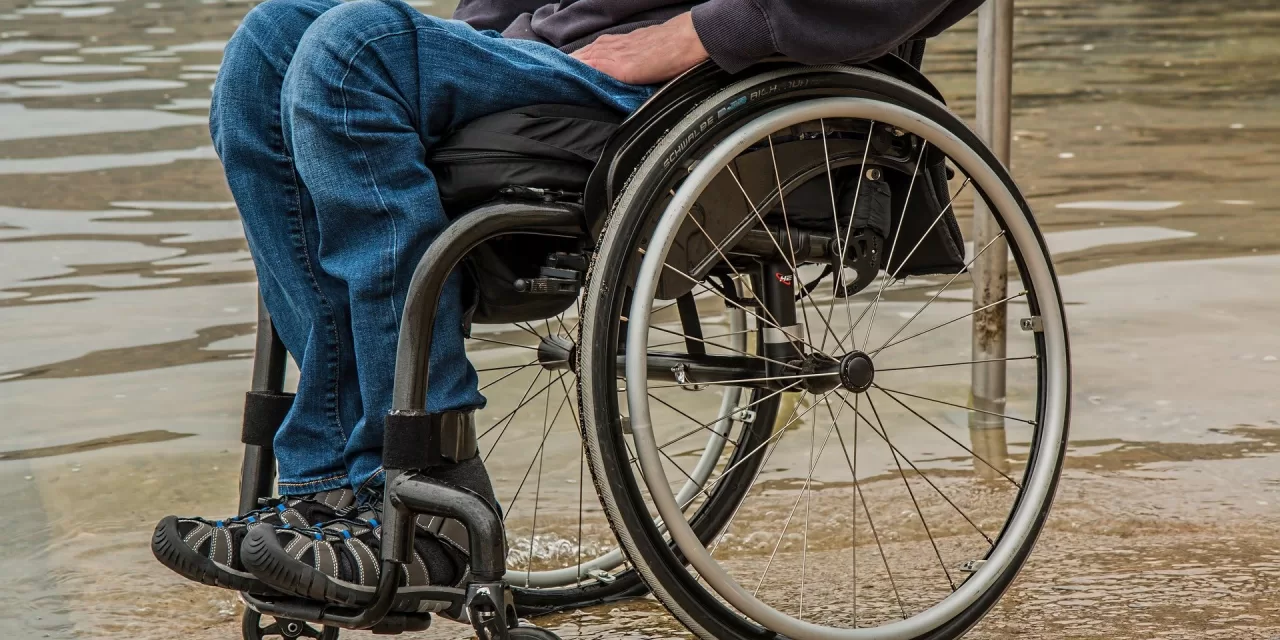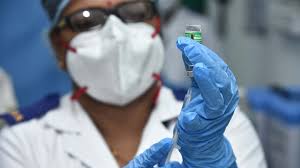ATLANTA – Decades after surviving the polio epidemics that terrorized the United States, many Georgians who contracted the virus as children are now confronting a painful resurgence of symptoms, known as post-polio syndrome. As they navigate renewed aches, muscle weakness, and fatigue, these survivors share a potent message: the hard-won victory over polio should not be taken for granted, especially in a climate of increasing vaccine skepticism.
Polio, a highly infectious viral disease, ravaged communities for centuries, often leaving children paralyzed. The terror began to subside 70 years ago with the advent of two American-developed vaccines that drastically curtailed the virus’s spread. Many infected in the 1950s, like Wesley Moss of Marietta and Carol Crumby of Decatur, built full lives despite their initial injuries.
However, late adulthood has brought back familiar struggles. Post-polio syndrome can manifest as unrelenting pain, muscle deterioration, and cognitive difficulties, often necessitating wheelchairs or other mobility aids. “It’s difficult for me to discuss polio or post-polio,” said Moss, who has worn a leg brace since age two.
Crumby, now in her 70s, contends with falls and severe pain, relying on orthotics and a rollator chair. “Polio is no joke,” she emphasized. “I wouldn’t wish this on my worst enemy.” For many survivors, the fact that younger generations have little awareness of polio adds to their distress.
This lack of public memory fuels fears among Atlanta-area survivors that anti-vaccine sentiments could erode the nation’s success against polio and other preventable diseases like measles, potentially allowing their return if vaccination rates decline.
A Tale of Two Vaccines and a Public Health Triumph
The story of polio’s near-eradication is a testament to post-World War II scientific innovation and public health response. Dr. Jonas Salk developed the inactivated polio vaccine (IPV) in 1955, administered via injection. Its impact was swift; annual U.S. cases plummeted from 58,000 to just 161 by 1961. Simultaneously, Dr. Albert Sabin created a live attenuated oral polio vaccine (OPV), often delivered on a sugar cube (inspiring a line in “Mary Poppins”), which became crucial for global eradication due to its lower cost and ease of administration.
The initial rollout faced challenges. A manufacturing error at Cutter Laboratories in 1955 tragically caused hundreds of polio cases. The newly formed Centers for Disease Control and Prevention (CDC) in Atlanta played a key role in identifying and containing the outbreak, ultimately ensuring the Salk vaccine’s safety protocols. Sabin’s OPV, while immensely successful globally, carried an extremely rare risk of causing vaccine-derived polio, leading to debates about the best global strategy. Dr. William Foege, former CDC Director, noted that the World Health Organization (WHO) eventually incorporated the Salk vaccine alongside the Sabin vaccine in global efforts, a move he believes should have happened sooner.
Today, the U.S. exclusively uses the Salk (IPV) vaccine, maintaining high childhood vaccination rates (93%) to prevent outbreaks from imported cases.
The Final Push and Lingering Threats
While eradicated in most of the world, poliovirus remains endemic in Pakistan and Afghanistan. Global eradication campaigns, significantly funded by organizations like Rotary International (over $2.8 billion contributed), face immense challenges. In Pakistan, misinformation linking the vaccine to sterilization has led to deadly attacks on vaccination teams, with over 200 workers and guards assassinated by extremists.
Steve Stirling, CEO emeritus of Brunswick-based MAP International and a polio survivor himself, highlighted the bravery of health workers and the tragic impact of misinformation, recounting a story from India where a mother had her child vaccinated in secret, fearing her husband’s violent reaction based on false beliefs.
Remembering the Past
The historical context underscores the fear polio once inspired. Dr. Dale Strasser, an emeritus professor at Emory University, recalled treating patients immobilized in plaster casts to prevent muscle contractures or confined for hours daily in “iron lung” machines to aid breathing – devices some survivors still rely on today.
“I lived through those days—we couldn’t go to the movies in the summertime, or the swimming pool, out of fear of catching polio,” recalled Dr. Foege. “The public demanded a vaccine… That’s just how scary it was.”
As survivors continue to manage the long-term consequences of polio, their experiences serve as a powerful reminder of the disease’s severity and the monumental achievement of the vaccines that tamed it – urging continued vigilance to ensure polio remains a memory, not a returning threat.
Disclaimer: This news article is based on information provided from a single source document dated 2025 from The Atlanta Journal-Constitution. It aims to synthesize that information into a news format.











